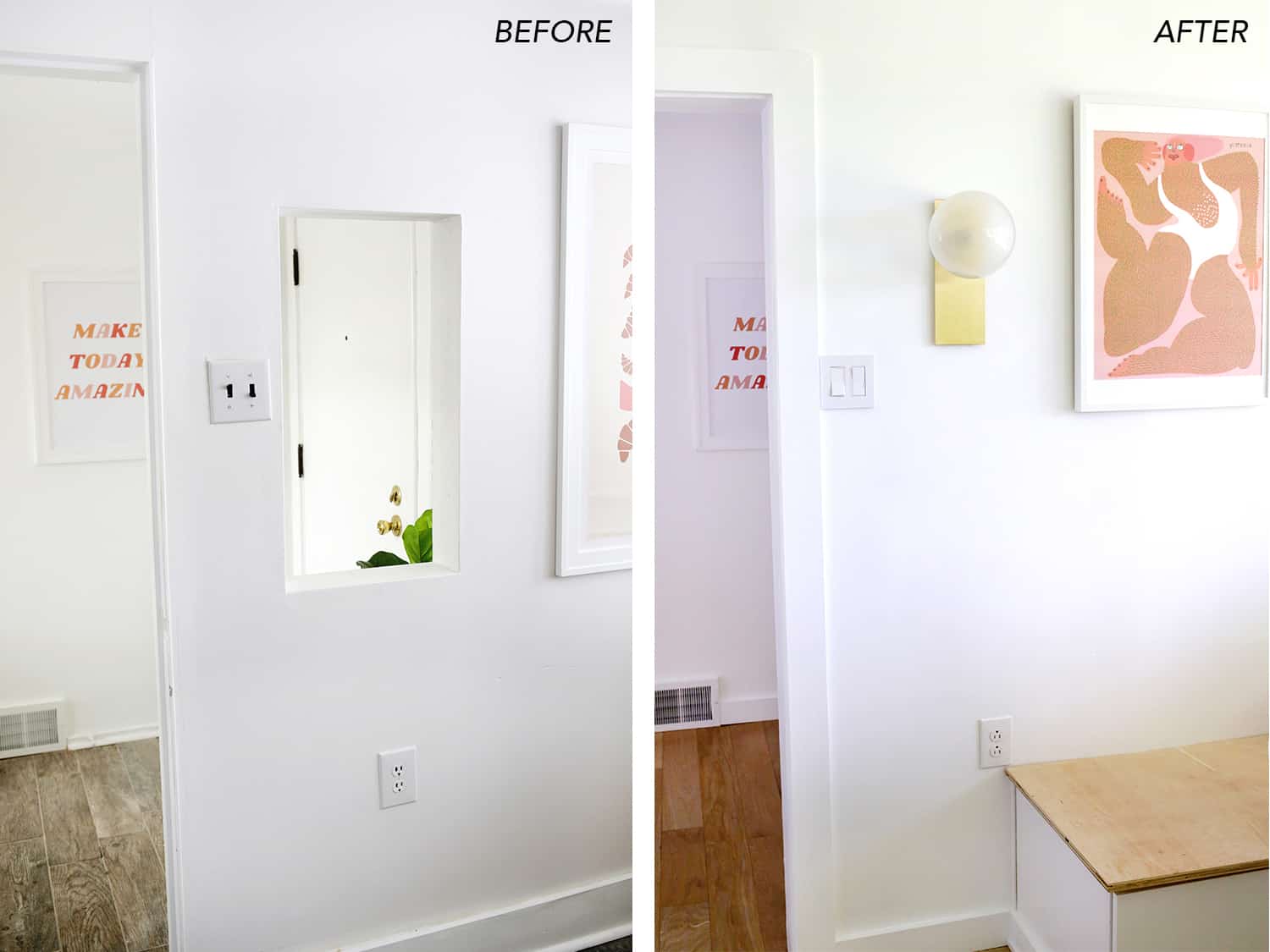
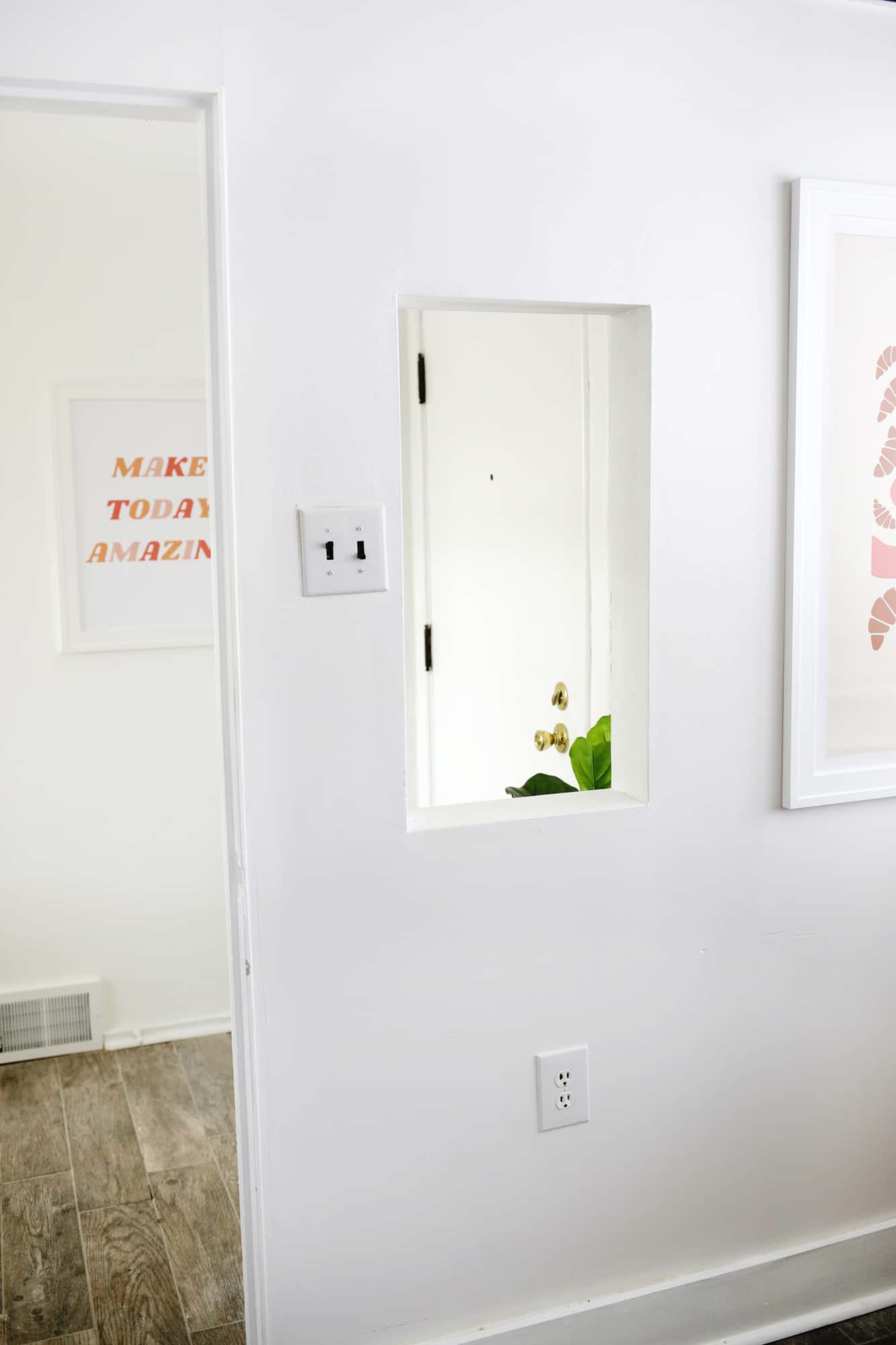
–utility knife
–1/2″ drywall sheet
–table saw (if you need to rip 2″x4″s smaller)
-nail gun (I love this battery operated one!) and brad nails
–drill
–1″ and 6″ drywall knife
–10″ drywall knife
–12″ drywall knife
–paper joint tape
–lightweight drywall mud
–all-purpose drywall mud
–drywall screws
–metal mud pan
–sanding pole or hand sander
–fine grit sandpaper and sanding screens
–sander vacuum attachment (optional but really helpful!)
–drywall primer
–higher nap roller for painting
–dust mask
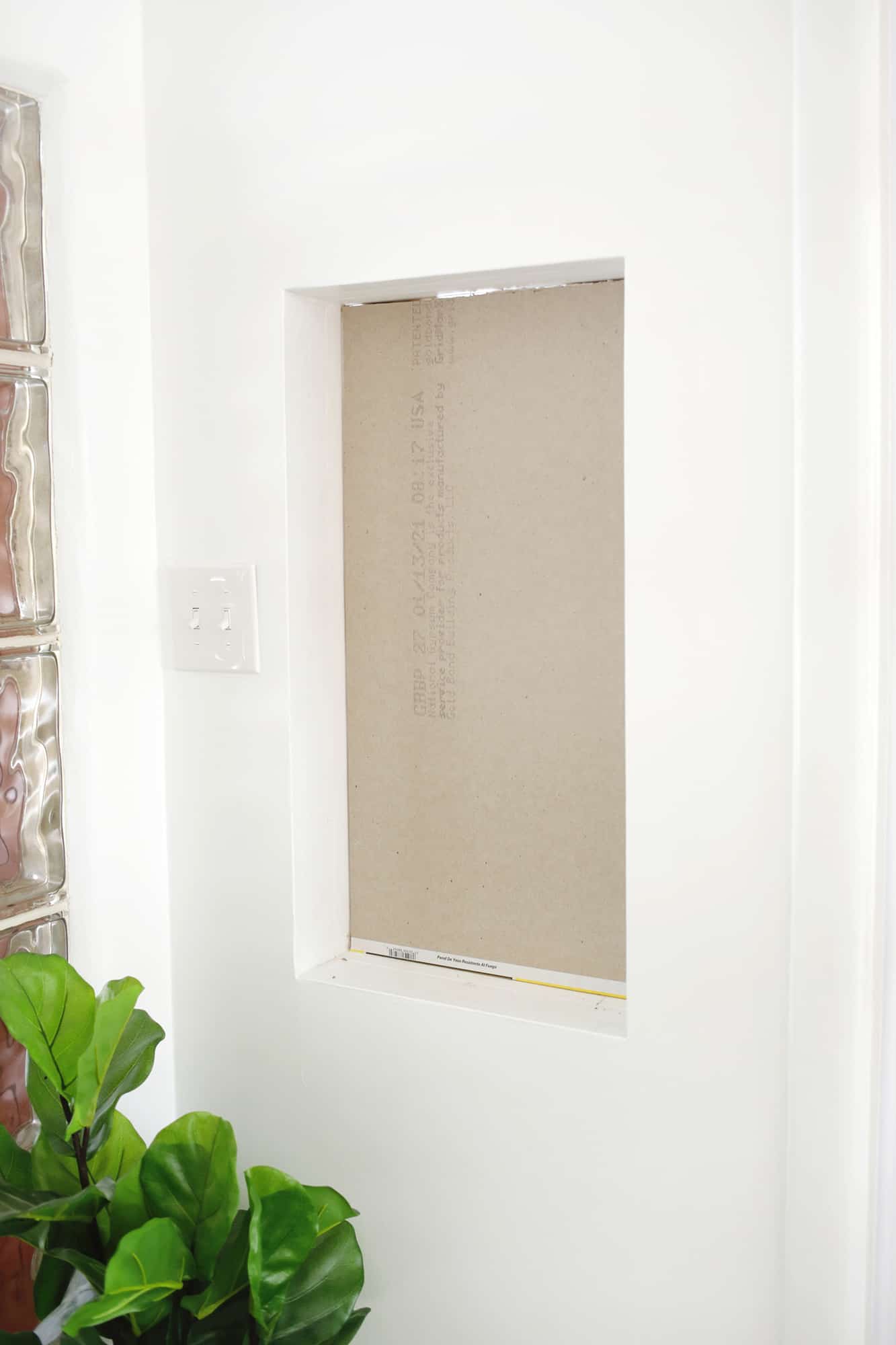

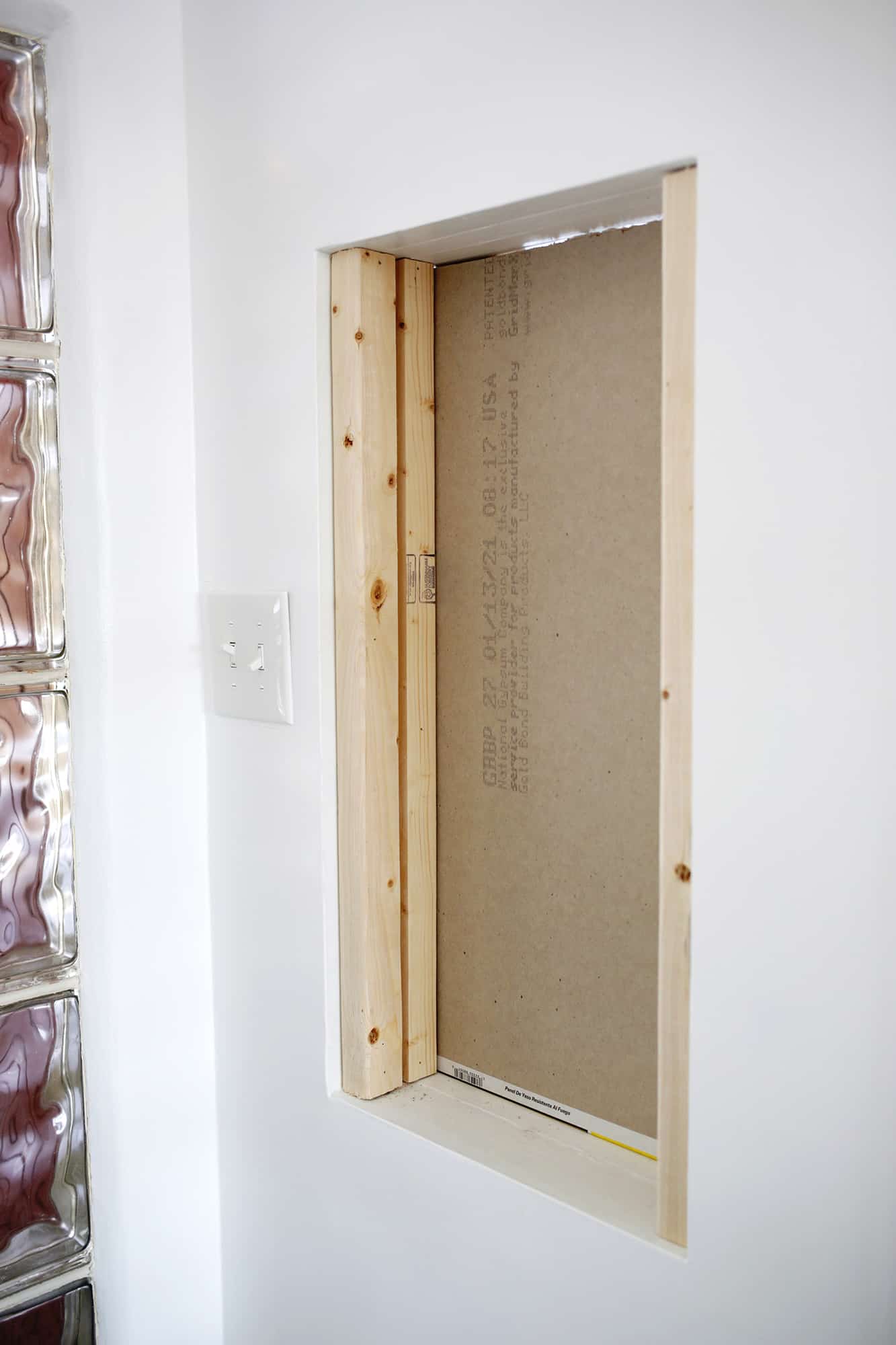
This is a smaller opening, so I just attached my boards with a nail gun at an angle. But if you have a large opening, you’ll probably want to use some screws to be more heavy duty. Also, if you have a bigger opening, you’ll want to cut some frame boards for the bottom and top of the inside of your frame rather than just the sides. And you’ll want to add some vertical support studs placed every 18-24″ in the middle of the opening so you have more areas to attach a larger drywall board. My opening was pretty narrow, so I was able to get away with just the side pieces for mine.
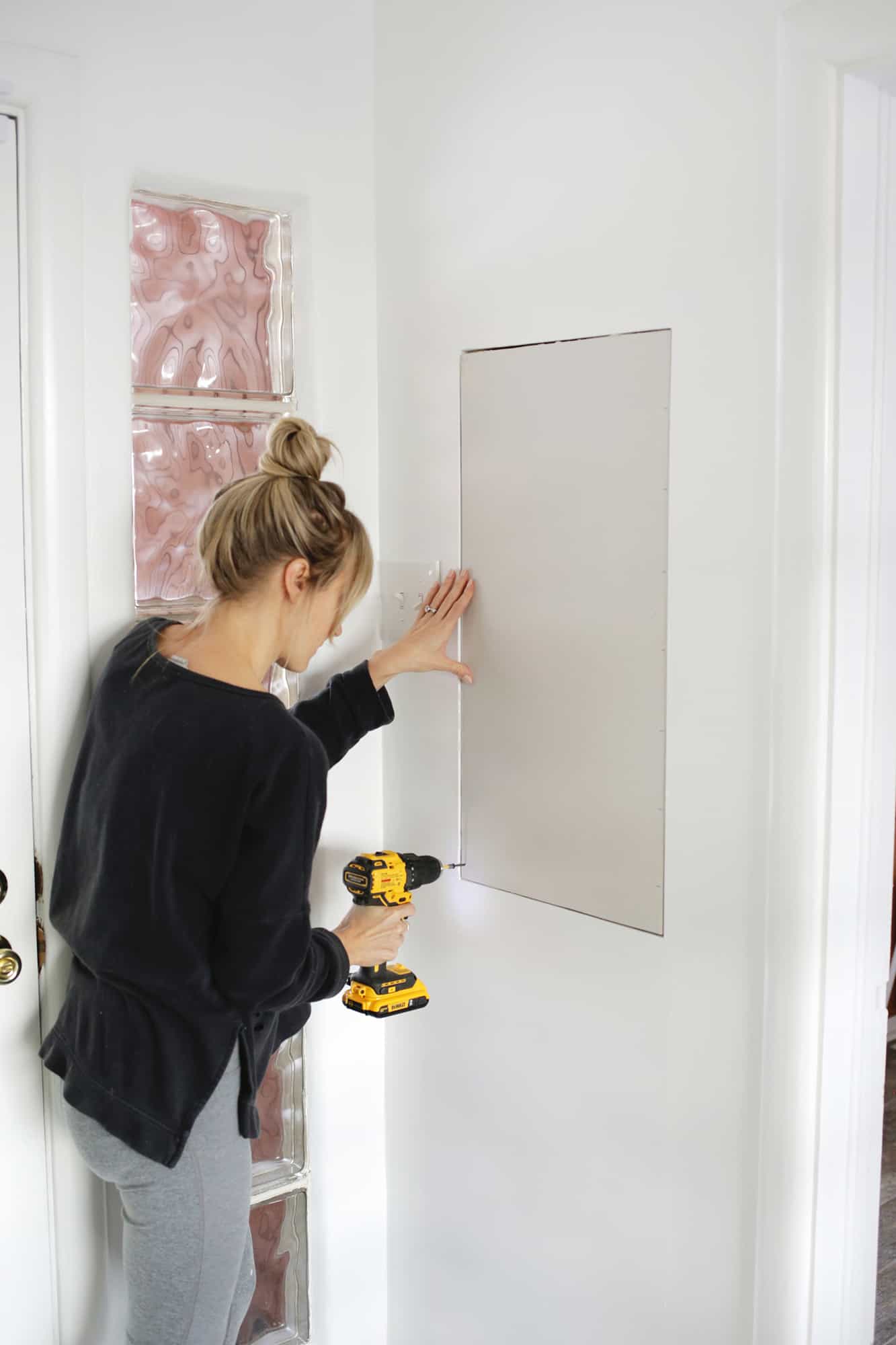

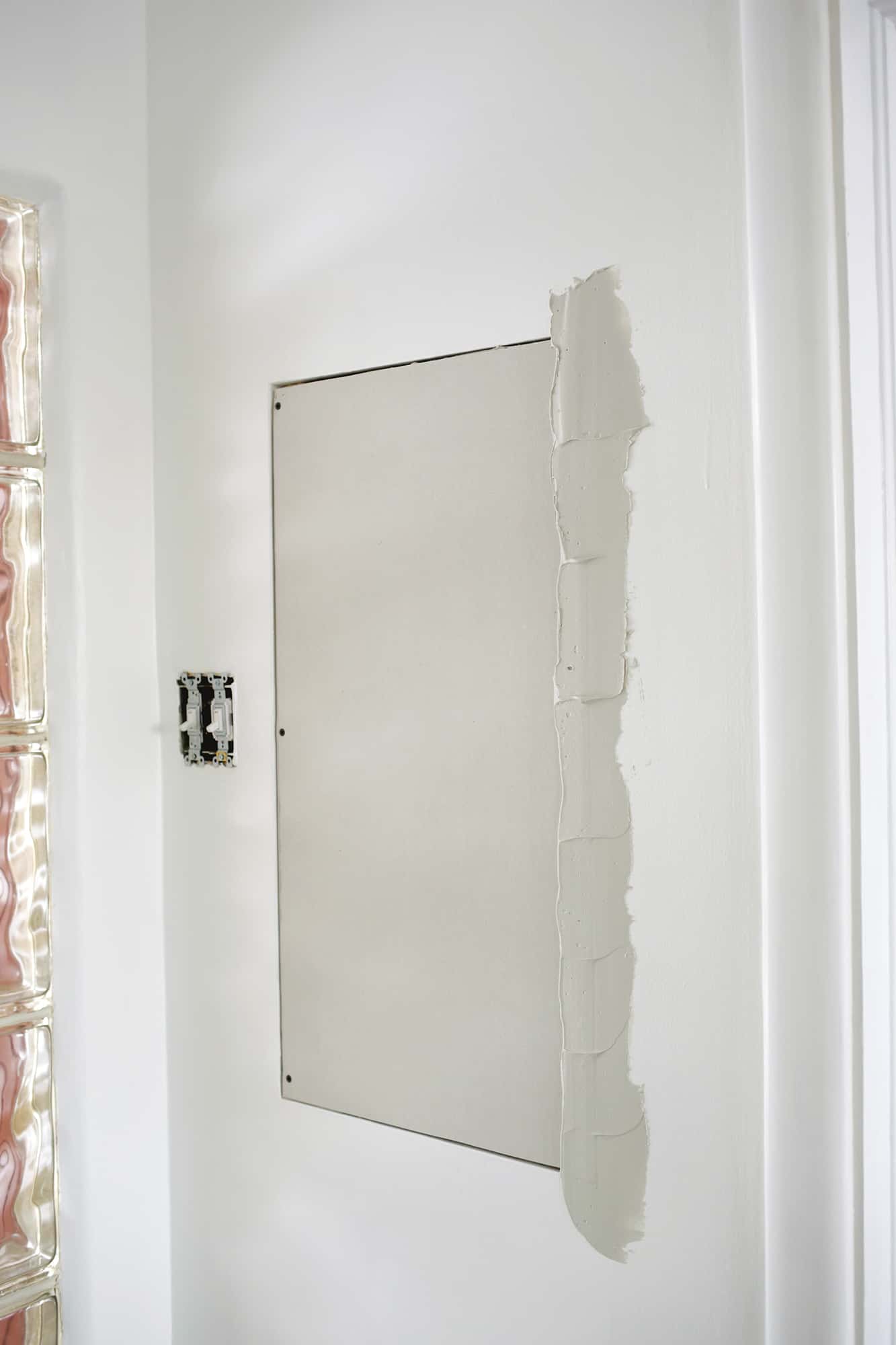
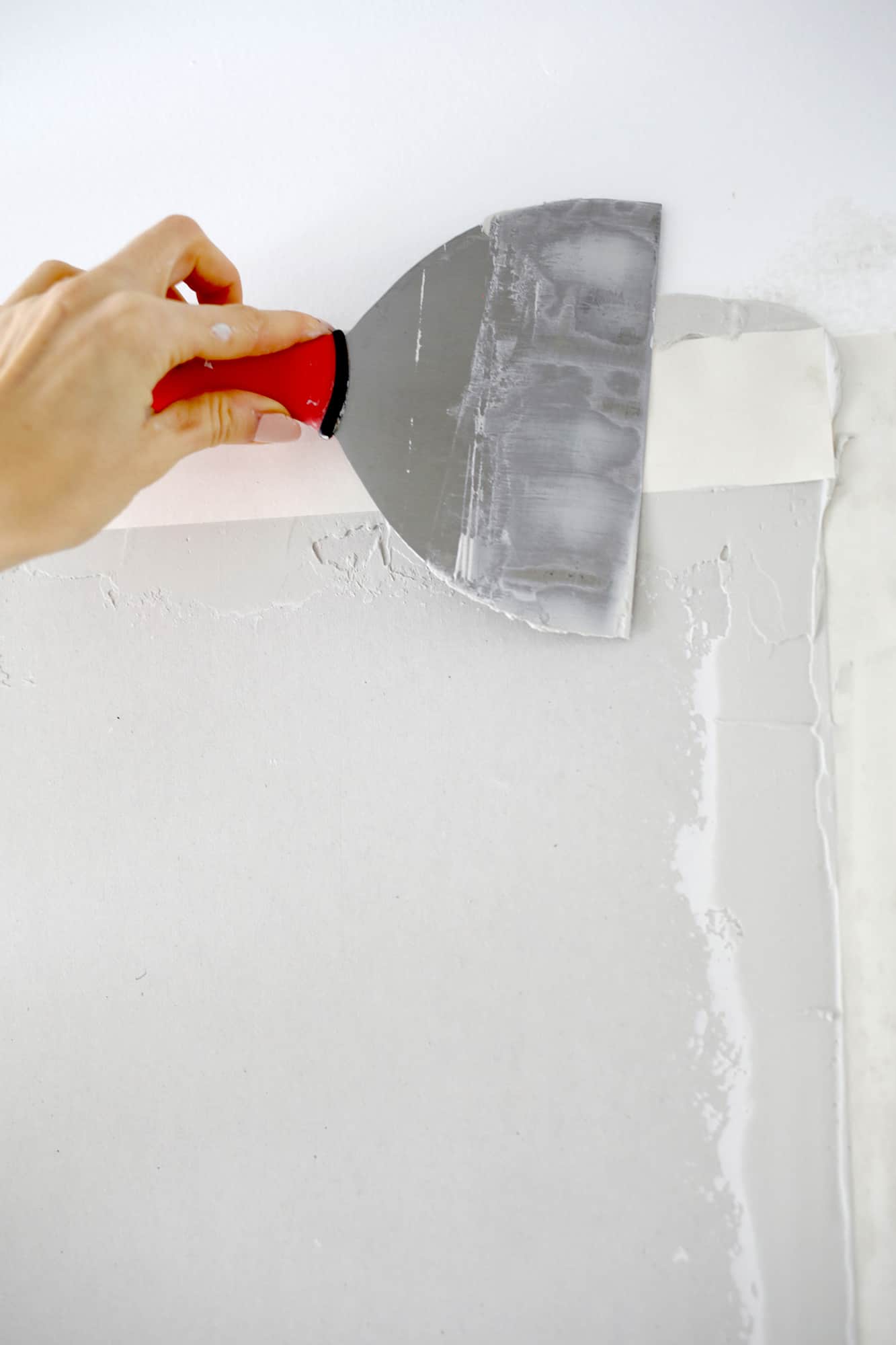

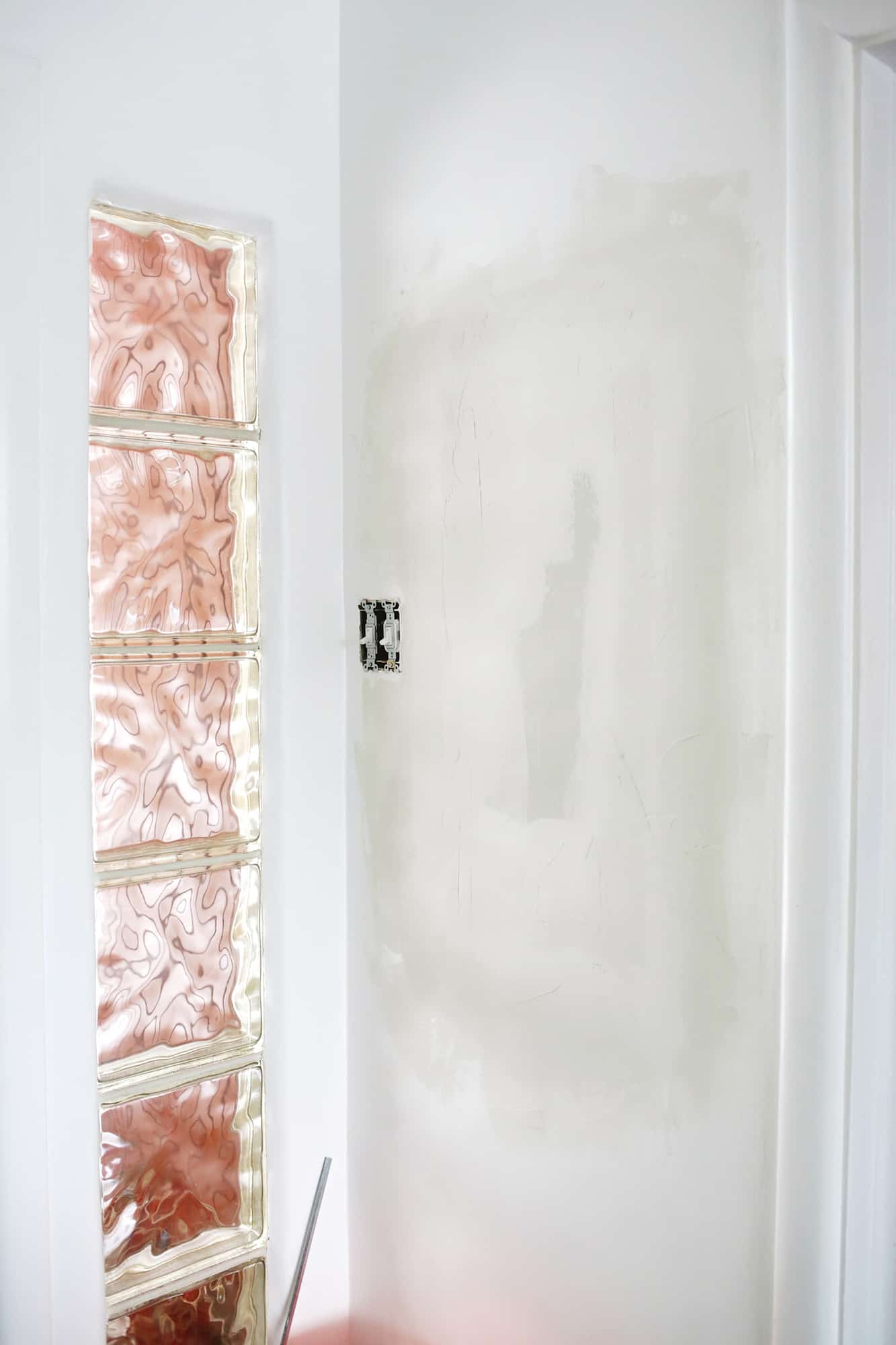
As I am still a beginner at drywalling, let me say that it is totally possible to not yet achieve perfectly smooth skim coats and still come out with a pretty good looking wall at the end. I know it’s frustrating to see the pros make it look so easy to perfectly butter up all those joints and only need three seconds of sanding, but it’s OK to have a more bumpy looking product while you learn to mud. You have to sand more to get it all smooth, but it’s still possible for it to look great when finished and you’ll get better the more you do it!
After your second coat is dry, do a final skim coat with a 12″ knife, feathering out the mud even further than the previous coat. Once your second coat of mud is dry, you are ready to sand! Some people like to sand in between each coat, but sanding just once at the end worked out fine and is less effort overall. Use a sander and sanding screens (make sure to wear a dust mask!) to sand down your bulkiest bumps and then use a fine grit paper to do final sanding (for larger areas, most people use a pole sander, but I still like a hand sander where I can for more control). You can use either a pole sander or a handheld sander (these sanding sponges are great for fine finishing on areas and corners) and sandpaper sheets to sand your wall smooth. Sanding is a super messy job so make sure to have eye goggles and an N95 mask for dust protection.
I also bought this inexpensive contraption to help with dust control when sanding, and while it is a little harder to move the sanding block around with the vacuum suction, it really does a great job of getting the dust into your vacuum rather than the rest of your house. You can also hold a shop vac hose under your sander while you work and that does help some too.

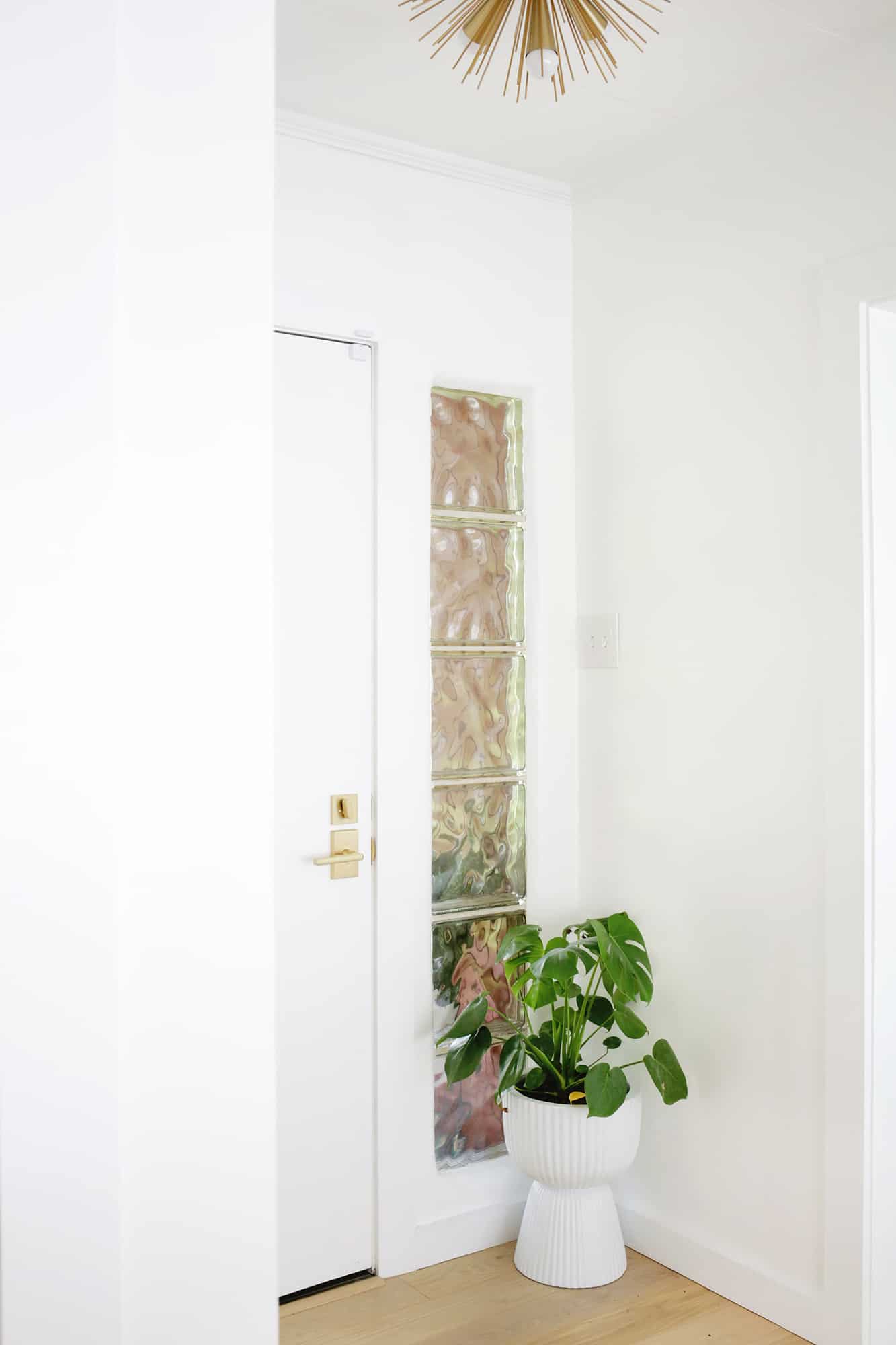
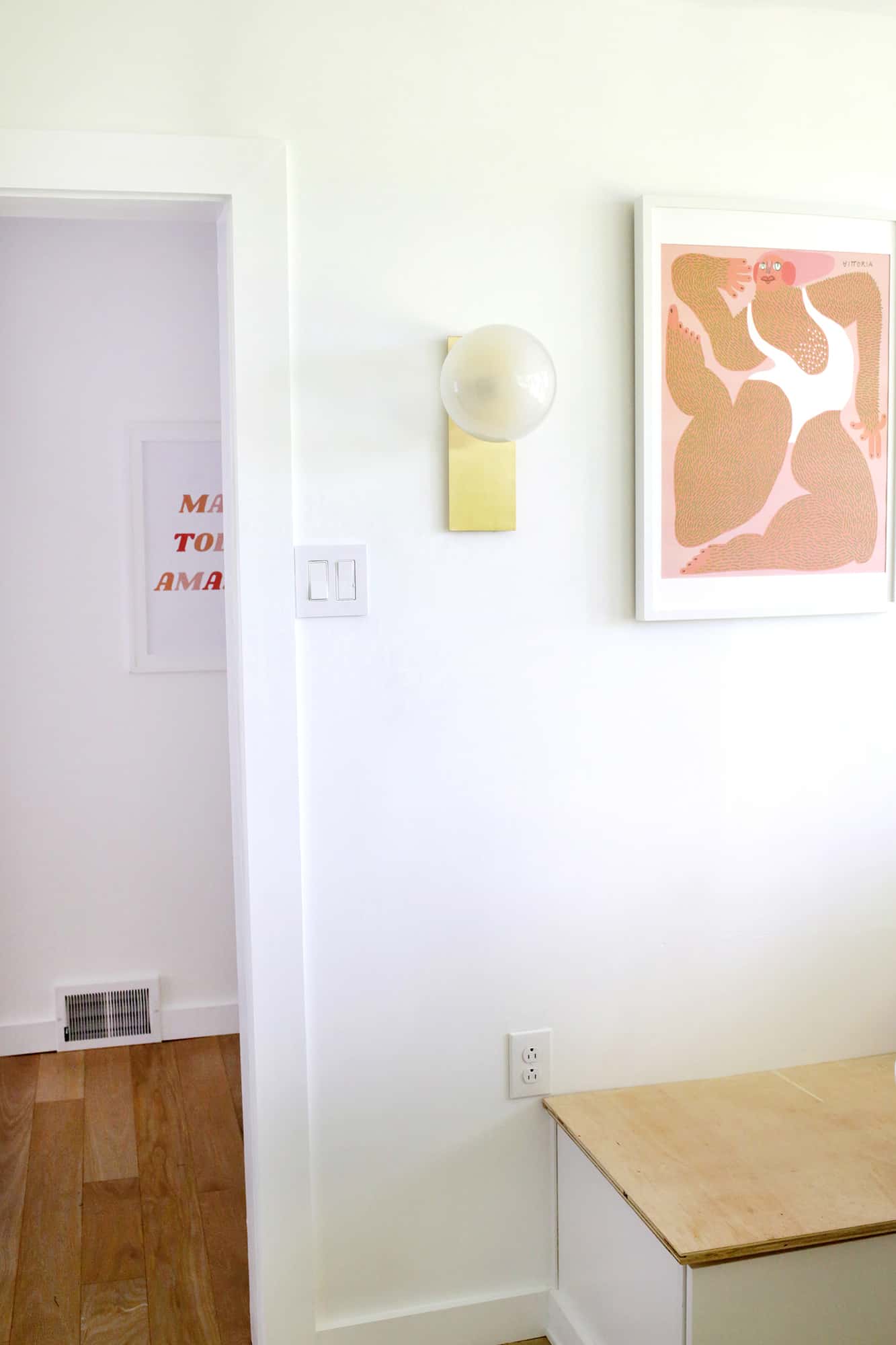
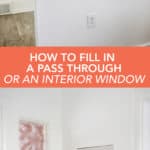
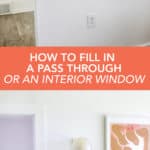
Laura you are a freaking BOSS!!!!
Awwwww thanks!!
Laura
#1. you are a DIY genius, Laura!!! #2. do you have hair extensions or is that your actual hair length? any tips for growing out hair? mine is thin and falls out in every shower and I am struggling!!
It’s normal to loose up to 100 hair per day. It is not the shower that causing it, but it a natural hair growing process. Contrary, not washing the hair can cause some dirt and old build-up that can cause the hair to fall. An other cause could be not exposing enough to sun. Natural sunlight is extra important
Hi Amanda! Thanks!! That’s all my hair but I had trouble growing it until I got pregnant with my daughter…since then it just grows like crazy!
Laura